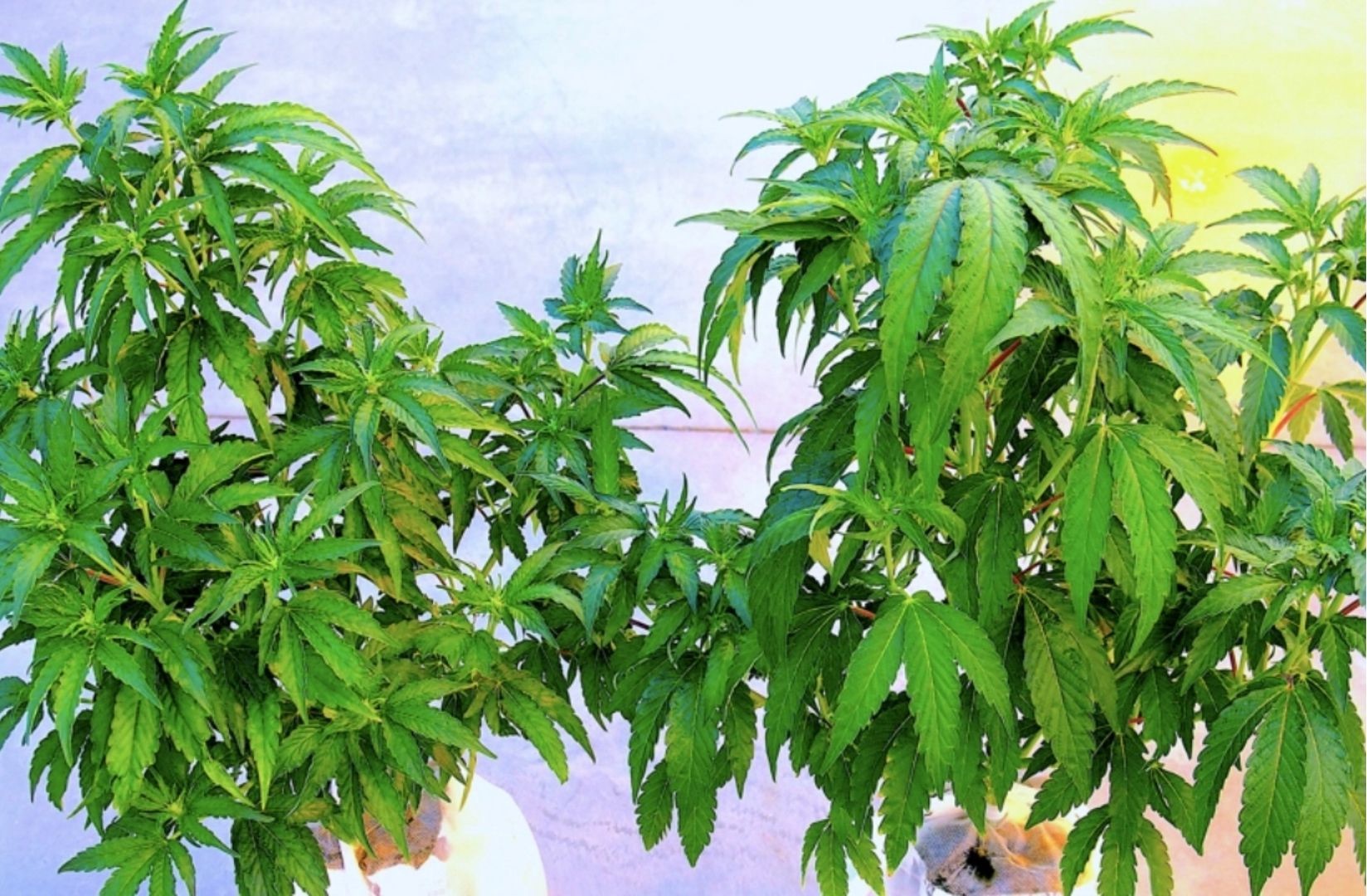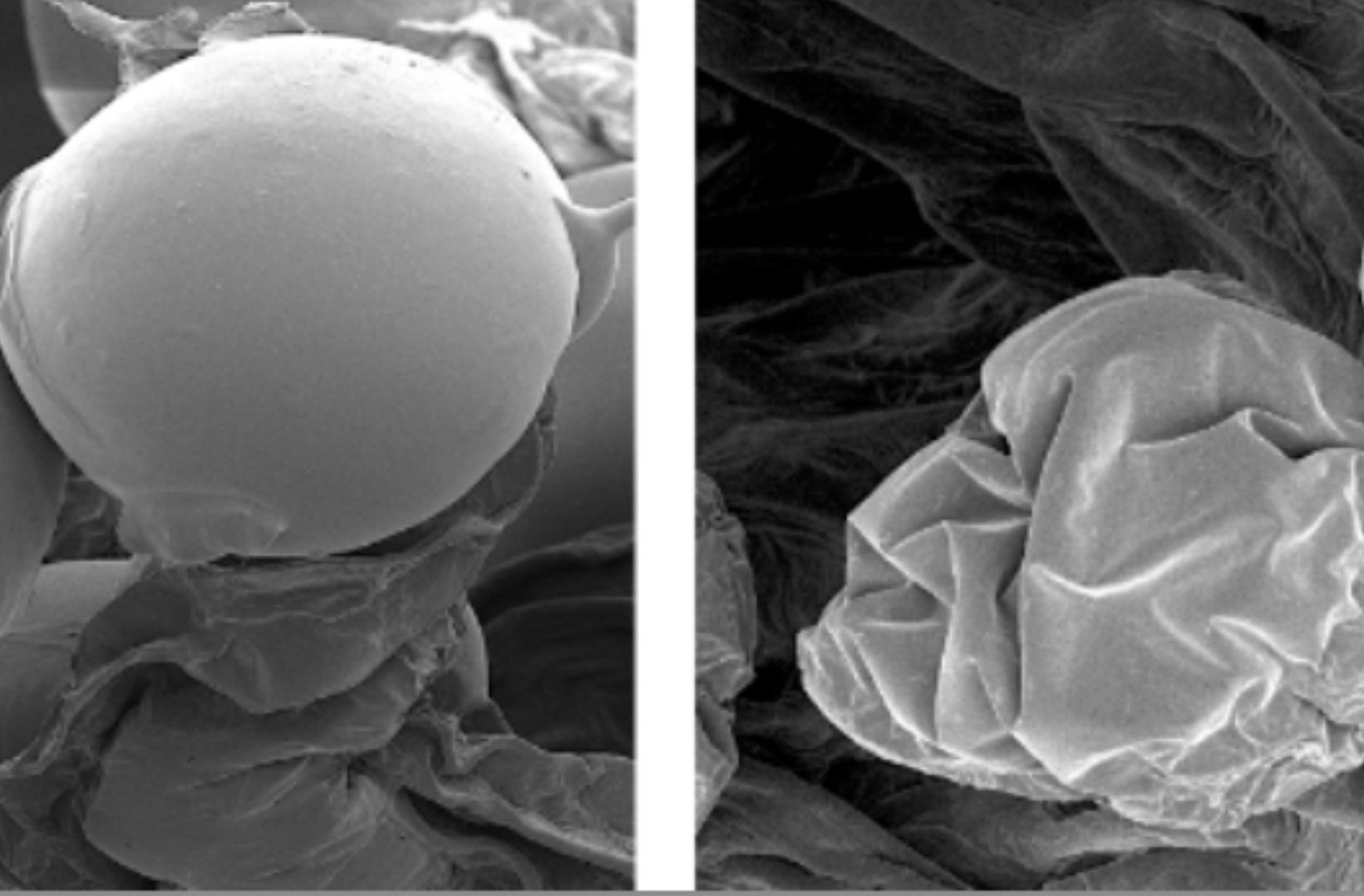
CROP YIELDS AND POTENCY THREATENED BY INCREASINGLY PREVALENT VIROID
Hop latent viroid (HLVd, HLV or HpLVd) is a tiny, molecular pathogen that is infectious in hops, stinging nettle, and cannabis. Also known as Dudding Disease, HLV was first detected in California in 2017. Testing conducted by clone cultivator Dark Heart Nursery on 100 grows in California from 2018-2021 found that one-third of plants in 90% of the grows were infected with HLV. Assuming the same prevalence throughout the U.S, it is estimated that more than $4 billion in annual losses can be attributed to HLV in the cannabis industry.
What is a viroid?
Viroids are the smallest plant pathogens known to scientists, measuring approximately 40 nanometers in size. They are made of a single strand of RNA and lack the typical surrounding protein coat commonly found in viruses. The structural difference allows viroids to mutate faster, making it difficult to detect and control. Viroids can only only replicate inside plant cells; however, it is able to persist even in harsh conditions.

How long can viroids remain infectious?
Studies have shown that viroids can remain infectious for a long time depending on the location:
- 24 hours on most common surfaces;
- 7 weeks in water; and
- months to years in dried plant debris and seeds.
How does HLV spread?
HLV is primarily spread by cross-infection when the sap from an infected plant makes contact with the tissue of a healthy plant. This can commonly occur during trimming and general handling of the plants in cannabis cultivations. Most growers will not know their grow has been infected with HLV, allowing it to spread until symptoms appear. The plant pathogen doesn’t outright kill the plant, but rather stunts growth and development of trichomes. The decrease in yields and potency can be devastating for profitability and damaging for brands known for their flower quality.

What are the signs my plants may be infected with HLV?
Your plants may be infected with HLV; however, the only way to know for sure is to use diagnostic tests. Note - several tests may need to be done to confirm the presence of HLV in your grow.
Here are some symptoms to look out for by plant stage.
Propagation:
- Reduced root length and emergence, leading to slower clone development and poor quality of root cuttings
- Increased risk of infection by root-infecting pathogens, such as fusarium and pythium
Vegetative:
- Stunted plant growth
- Lateral branching
- Brittle stems
- Unusual odor
- Shorter spacing
- Leaf discoloration and malformation
Flower:
- Smaller plant size
- Yellowing of leaves near bud sites
- Reduced cannabinoid and trichome production
With no cure, prevention is the best medicine
Once the viroid is present in your grow, it is nearly impossible to eradicate without the use of expensive tissue culture practices. In fact, studies show that small root tissues infected with the viroid were heated to 158°F (70°C) for 30 minutes still tested positive. Commonly used sterilization methods such as ultraviolet-C light, bleach, peroxyacetic acid, and other well-known disinfectants were not able to eradicate the viroid.
Optimizing plant nutrition to combat the effects of HLV
Similar to humans that are sick, plants stressed with an infection can still yield and express it's full plant profile if fed with fertilizers that have increased bioavailability for easier uptake of key nutrients. For a grower, this type of yield increase could mean millions of dollars of preserved crop value and labor. In a large-scale study (>500 plants) across multiple cultivars, HLV infected plants foliarly fed with Terra Vera's IV Nutrient ELMNTs yielded a statistically significant improvement in observed plant health, vigor, and biomass compared to standard nutrient protocols.
Grow Smart from the Start
Using Terra Vera's crop protection and nutrient solutions from start to finish increases your plant's ability to fight off environmental stress so that yield potential and quality are preserved. It can be sprayed on plants even through the late stages of bloom and post-harvest, making it a versatile solution for even the most sensitive genetics. The best part? You can generate Terra Vera solutions onsite with our systems so that you can rest easy knowing your plants are getting fed the freshest ingredients each time.
